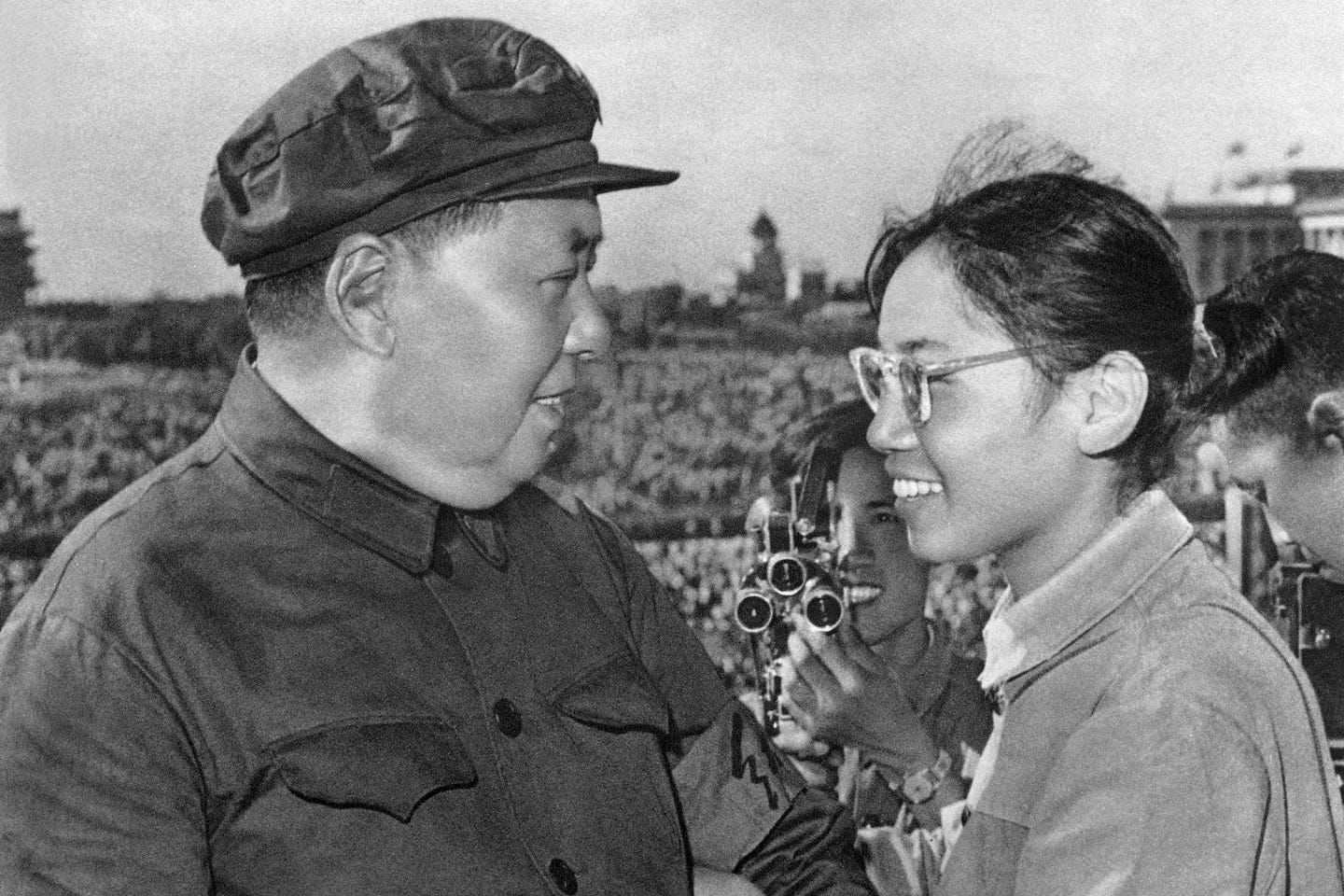On This Day: When Students Became Executioners in Mao’s China
The murder of teacher Bian Zhongyun on 5 August 1966 was not a tragic outburst, but a state-sanctioned betrayal that turned children into killers.
Mao’s War on Memory
History is rarely a tidy ledger of good and evil. But there are moments when evil asserts itself with such purity that it resists complication. The murder of Bian Zhongyun, vice principal of a girls’ school in Beijing, on 5 August 1966, is one of them. She wasn’t a casualty of war, nor a target of foreign invasion, but a middle-aged educator beaten to death by the very students she once nurtured.
Her crime? Allegedly failing to love Chairman Mao enough.
This killing wasn’t spontaneous. It was the result of a systematic campaign launched under the guise of ideological purification. Chairman Mao’s Cultural Revolution, unveiled with revolutionary fanfare in 1966, encouraged students to destroy the "Four Olds", old customs, old habits, old culture and old thinking. The campaign was really about one thing: consolidating Mao’s personal power, even if it meant tearing China apart from within.
Children Turned Against Their Teachers
What unfolded at the Beijing Normal University Girls’ School wasn’t a political disagreement or a misunderstanding. It was a cold, orchestrated public execution of a woman who, by every measure, had once been loyal to the very regime that killed her.
Bian Zhongyun had joined the Communist cause in 1941 and had cheered its victory in 1949. But by 1966, any hesitation, any moment of doubt, was enough to seal your fate. When she was asked by a student if they should save Mao’s portrait in a fire, her response, to prioritise human life, was seized as proof she was a “counterrevolutionary.” The students, now rabid with ideological fervour, didn’t need more than that.
In the weeks that followed, Bian was tormented. Her hair was cut with scissors, her face smashed with fists, her dignity stripped through public humiliation. But no one in power stopped it. In fact, they lit the match. Teachers who tried to intervene were silenced. Local authorities ignored cries for help. The Communist Party gave its blessing, and the Red Guards carried it out.
Then came the morning when the locked door of her office couldn’t protect her. Bian was dragged outside and beaten unconscious in front of the entire school. Buckets of mop water were poured down her throat. Clubs embedded with nails slammed into her body. No medical help came. No police arrived. When it was over, her blood soaked into the playground dust.
She was fifty years old.
Manufactured Fanaticism, State-Sponsored Violence
Some might argue the students were too young to understand what they were doing. That they were swept up in a fever of mass hysteria. It’s an easy excuse, but it dodges accountability. The truth is darker: the Communist Party didn’t just permit this behaviour, it fuelled it. Teachers were recast as enemies of the revolution, their authority shredded. Children were told they were the future and that cleansing society was their sacred task. That’s not hysteria, that’s strategy.
One of Bian’s students, Song Binbin, had strong Party connections. She helped ignite the first flames by plastering a caricature of Bian on the wall alongside a warning: “Behave or we will teach you how.” It was an open call to violence masquerading as youthful rebellion.
He died in 2005 without ever seeing justice. No trial, no admission of guilt, no public reckoning. Just silence and denial wrapped in official slogans. The evidence he gathered remains a damning record of a state that let children kill with impunity.
Silence and Shame in the Aftermath
In 2014, nearly fifty years after the murder, a group of former students, including Song Binbin, returned to the school to bow their heads before a memorial plaque. Song expressed remorse. Not for what she did, but for failing to protect her teacher. A careful apology, calculated to avoid liability while appeasing public conscience.
The memorial itself says nothing about the nature of Bian’s death. Just a name, a date and silence. That’s the state’s preferred version of history. The Cultural Revolution, we are told, was a mistake, a "setback," but no real accountability has followed. Not one official has been prosecuted for encouraging or permitting the violence. No student, no local authority, no school official. Nothing.
It wasn’t just Bian. Hundreds of educators were murdered in what became known as Red August. Thousands more were brutalised or driven to suicide. And this was only the start. By the end of the Cultural Revolution, an estimated two million people were dead. Not in some ambiguous civil unrest, but through killings sanctioned by the state.
Why This Still Matters
If a government can erase a massacre with a footnote and reduce a murder to a whisper, then truth is whatever it says it is. The refusal to fully acknowledge what happened to Bian Zhongyun isn’t just cowardice, it’s control. And it tells us that the ghosts of authoritarianism are never truly buried. They linger in school corridors, on silent memorial plaques and in the minds of the survivors.
History matters because memory is power. If we forget what happens when children are turned into executioners and teachers into targets, we invite it to happen again. Not just in China, but anywhere that loyalty to a leader is prized over loyalty to conscience.
Bian didn’t die because she opposed the Communist Party. She died because she hesitated to lie. Her story is a warning, and warnings ignored tend to become repeats.


